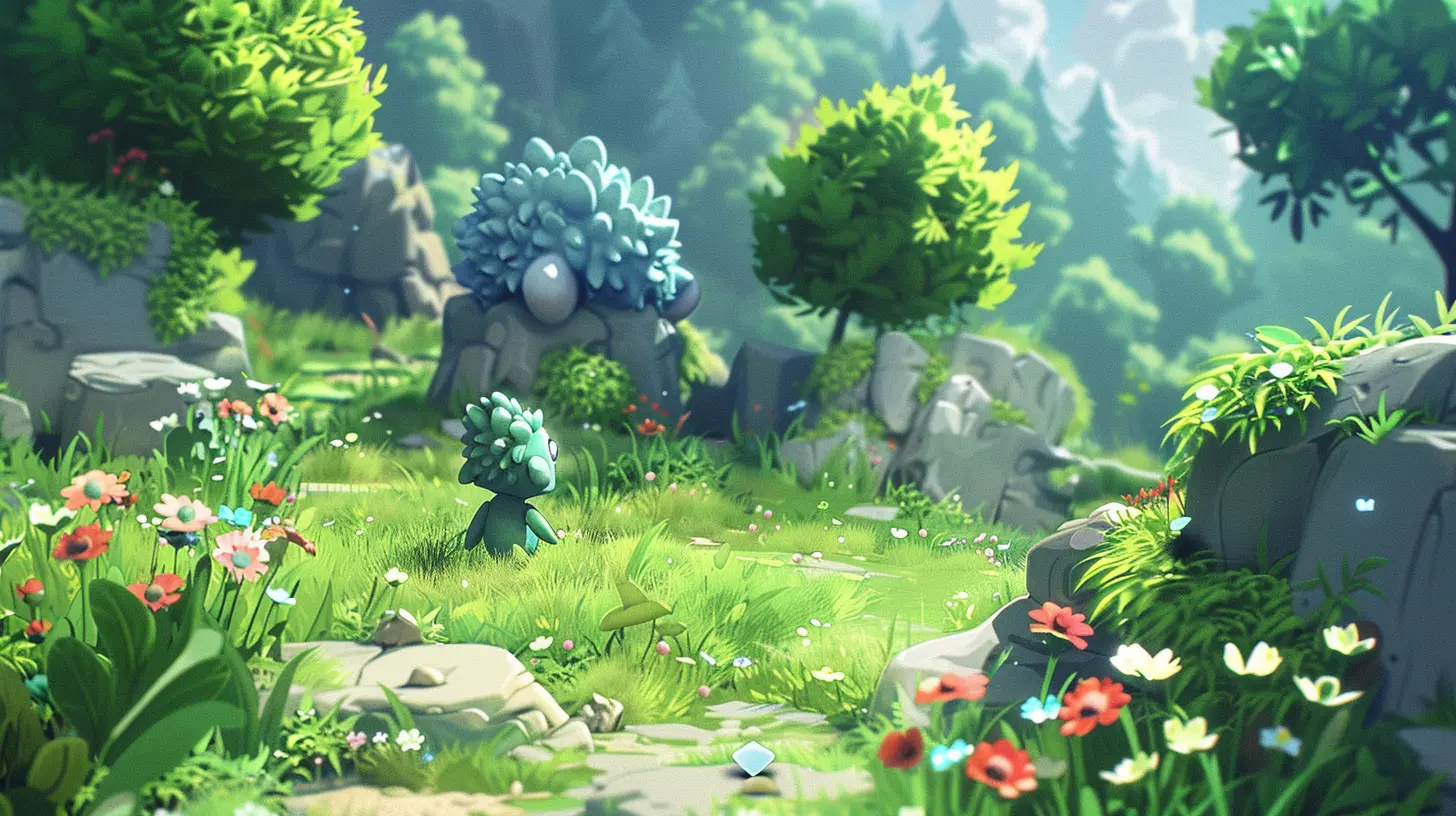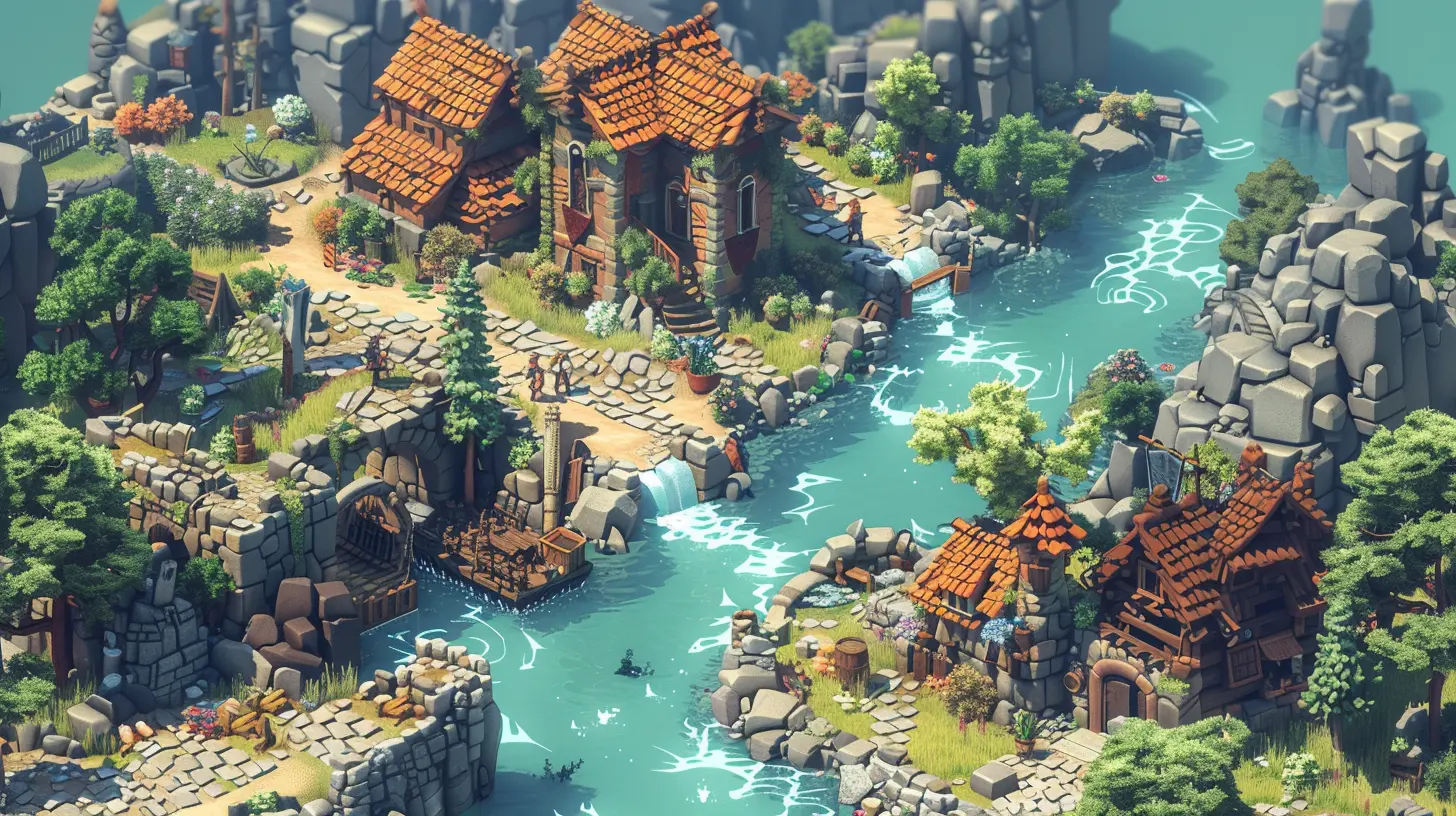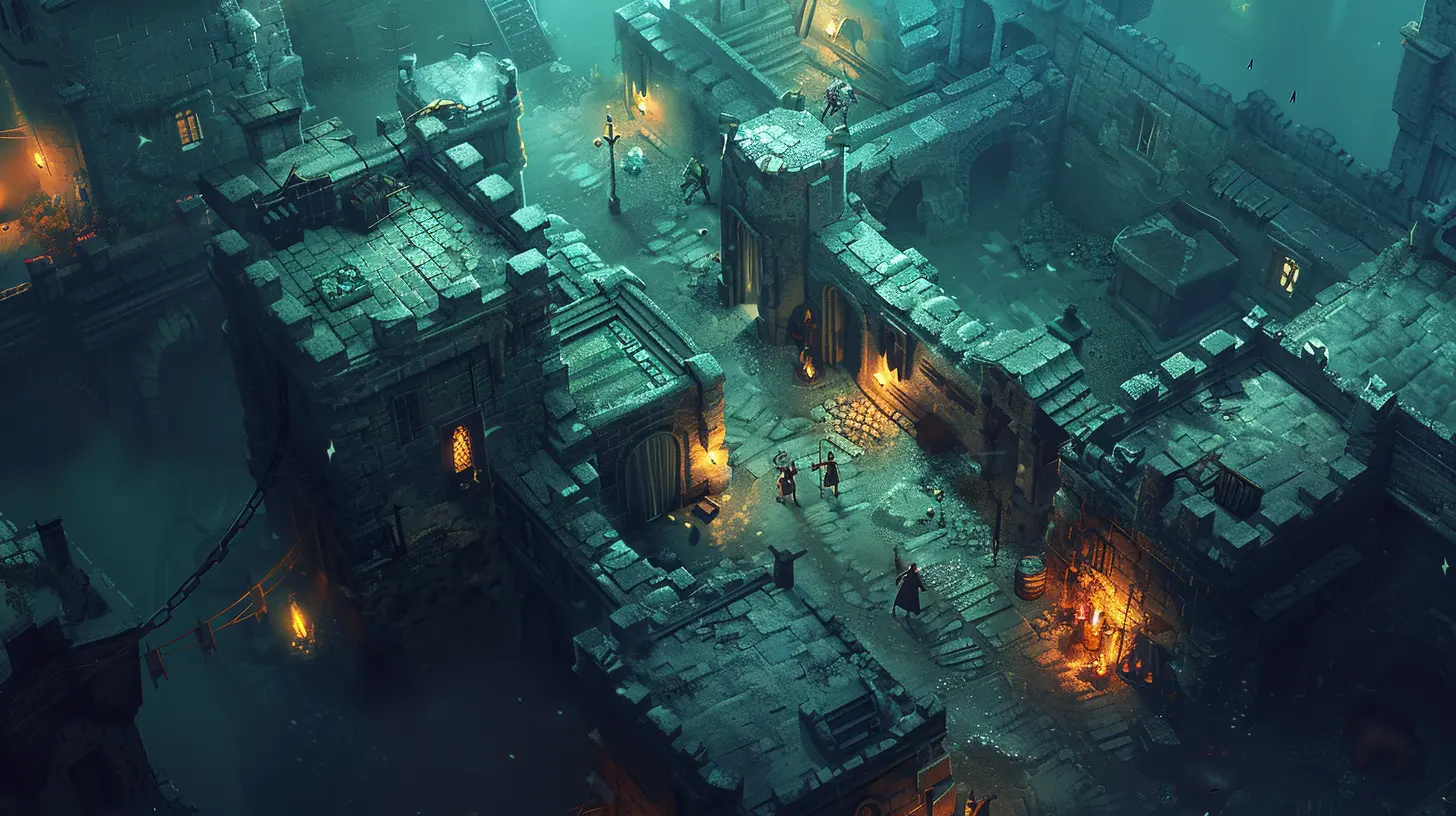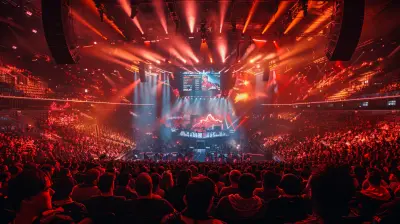Designing Game Tutorials That Stick: Teaching Players Without Overwhelm
16 July 2025
Let’s face it—nobody likes to feel dumb, especially not five minutes into a new game. Yet here we are in 2024, and some games still think dumping a wall of text onto the screen is an effective way to teach players how to shoot, jump, or even open a door. Newsflash: It’s not. Designing game tutorials that actually stick takes more than a basic tooltip and a blinking arrow.
So, how do you teach players without overwhelming them? How do you make tutorials feel natural, even fun? Stick around and let’s dive into the art (and science) of tutorial design that doesn’t suck.
Why Are Game Tutorials So Important, Anyway?
Before we get into the “how,” let’s talk about the “why.”Game tutorials are your first impression. They’re the handshake, the icebreaker, the opening scene that sets the tone for everything else. If your tutorial is clunky or confusing, players might bounce before they even see the good stuff. On the flip side, an excellent tutorial can hook players for the long haul.
Think of a tutorial like teaching someone to ride a bike. You wouldn’t shove them downhill and yell “figure it out”—you’d ease them into it, guiding when needed and stepping back when they're ready.
The Problem With Traditional Tutorials
What do most bad tutorials have in common? Two things:1. Information overload
2. Lack of interactivity
You know the kind—the ones that treat you like a robot with a checklist. “Press ‘X’ to jump.” “Use the analog stick to look around.” “Click here. Now click there.” It’s like your game’s a glorified PowerPoint presentation.
The worst part? Players don’t retain the info. They click through just to get it over with, and when they actually need to know how to parry or crouch, they’ve already forgotten.
What Makes a Game Tutorial “Stick”?
Let’s break it down. A sticky tutorial does three big things:- Teaches through doing
- Delivers small chunks, spaced out
- Feels like part of the game, not a school lecture
It’s not about dumping all the controls on the player at once. Tutorials that stick are more like a casual conversation. They offer guidance when needed but get out of the way once you've got the hang of things.
Now let’s talk about how to build one that actually works.
1. Start With an Intuitive Learning Curve
Great tutorials start before the tutorial even begins. Smart game designers build intuitive controls and environments that help players figure things out on their own.Ever played a game where you instinctively knew where to go or what to do without being told? That’s no accident—it’s clever design at work. Games like Super Mario Bros., Portal, and Celeste train players through level layout, not lectures.
So here’s your first tip: make the environment do the teaching.
Use things like:
- Visual cues (e.g., ledges, lighting, or movement)
- Level design (e.g., safe spaces for trying out jumps)
- Context (e.g., enemies standing still for target practice)
Players learn by doing, not by reading.
2. Teach Only What’s Needed—When It’s Needed
Don’t front-load your tutorial with every control and combo. That’s like trying to teach someone all of algebra in the first week of school. Instead, ease into it.Let the player learn the basics first. Once they’ve got that down, introduce more complex mechanics only when they become relevant. This drip-feeding approach makes it easier to remember because there’s a practical reason to learn something new.
This method is called scaffolding, and it works wonders. Think of it like building the foundation before adding more floors.
3. Make It Optional, But Encouraging
Nobody wants to be forced into a tutorial—especially seasoned gamers. So, how do you give players the help they need without making it feel mandatory?Easy: make tutorials skippable but make the benefits enticing.
Offer:
- Small rewards for completing tutorials (like XP or in-game currency)
- Short, self-contained tutorial missions outside the main story
- Tips that contextualize (“Master this to pull off stealth attacks later!”)
This gives players a sense of control. And when players choose to learn, they’re way more likely to remember what they’ve learned.
4. Use “Show, Don’t Tell” Philosophy
It’s an age-old rule in storytelling, and it holds up in games too. Instead of telling the player what to do, show them how it works.A few tricks:
- Use animations and visual cues instead of text pop-ups
- Demonstrate actions through NPCs or the environment
- Replay quick highlight reels when the mechanic is first used
For example: In Portal, the game doesn’t explain the portal gun with a long paragraph—it shows you how it works by letting you see yourself walking through the portals. Magic!
5. Keep It Short, Sweet, and Interactive
Nobody wants to read a manual inside the game. If your tutorial is more than a couple of minutes long, you risk losing your audience.So how do you keep tutorials from dragging?
- Break them into bite-sized moments
- Keep interactivity high—let the player try immediately after being told
- Use dialogue wisely (a little personality goes a long way)
Want an example? God of War (2018) walks players through combat one move at a time, during actual fights. They’re learning, but they’re not being pulled out of the action. Brilliant.
6. Use Feedback Loops
Learning sticks better when players know they got it right—or wrong. Creating real-time feedback helps solidify lessons.Here’s how:
- Use color changes, sound effects, or vibrations when actions succeed
- Show consequences of wrong actions (but don’t punish too harshly)
- Offer positive reinforcement when players perform well
Feedback turns trial-and-error into “Ohhh, I get it now.” That’s the stuff that leads to “aha!” moments players remember.
7. Add Personality and Humor (When It Fits)
Let’s be honest: no one expects a tutorial to be entertaining. But when it is? Total game-changer.Games like The Stanley Parable flip the entire tutorial concept on its head with humor and narration. Even Far Cry: Blood Dragon poked fun at tutorial tropes with sarcastic on-screen instructions.
Injecting even a bit of humor or charm can turn a bland tutorial into a memorable one. Just make sure it matches your game’s tone—goofy tips won’t work in a dark, gritty survival horror game.
8. User Testing: Don’t Skip It
You may think your tutorial is the Mona Lisa of game design, but until someone else tries it without you in the room explaining things? You've got no idea.So here’s the rule: get real players to try the tutorial early and often.
Watch for:
- Points where players stop or hesitate
- Mechanics they misuse or forget
- Moments when they ask, “What do I do now?”
Fix those spots. Rinse and repeat until players glide through without needing a lifeline.
Real-World Examples of Great Tutorials
Let’s give some props to the games that nailed it:- Super Mario Bros. – Uses enemy placement and level layout to teach jumping and timing.
- Portal – Gently introduces one mechanic at a time, with puzzles that escalate in difficulty.
- Half-Life 2 – No traditional tutorial, just confident level design and natural teaching moments.
- Celeste – Mechanics introduced gradually with no hand-holding, encourages mastery through challenge.
- Hades – Dialogue-driven tips, optional training room, and consistent feedback during gameplay.
These games aren’t memorable despite their tutorials—they’re memorable because of how they introduce players to their worlds.
Final Thoughts: Think Like a Player, Not a Designer
At the end of the day, designing a tutorial is less about showing off and more about hospitality. You’re welcoming someone into your world. You want them to feel confident, curious, and in control—not like they just flunked a pop quiz.So next time you're building a tutorial, put yourself in the player’s shoes. Ask:
- Would I enjoy playing through this?
- Does it respect my time?
- Do I feel smarter after completing it?
If the answer’s yes, then congrats—you’ve built a tutorial that sticks.
all images in this post were generated using AI tools
Category:
Game DevelopmentAuthor:

Avril McDowney
Discussion
rate this article
2 comments
Lillian Wade
Engage players gradually to enhance learning retention.
November 10, 2025 at 3:52 PM

Avril McDowney
Absolutely! Gradual engagement is key to fostering learning retention—allowing players to absorb concepts without feeling overwhelmed enhances their overall experience and mastery.
Raelyn Martinez
Great article! I love how you highlighted the balance between teaching and gameplay flow. It’s such a fine line to walk—too much info can overwhelm, but just the right amount helps players feel empowered. Can’t wait to see more developers embracing these strategies!
August 4, 2025 at 3:31 AM

Avril McDowney
Thank you for your kind words! I’m glad you found the balance insights valuable. Excited to see how more developers adopt these strategies as well!


